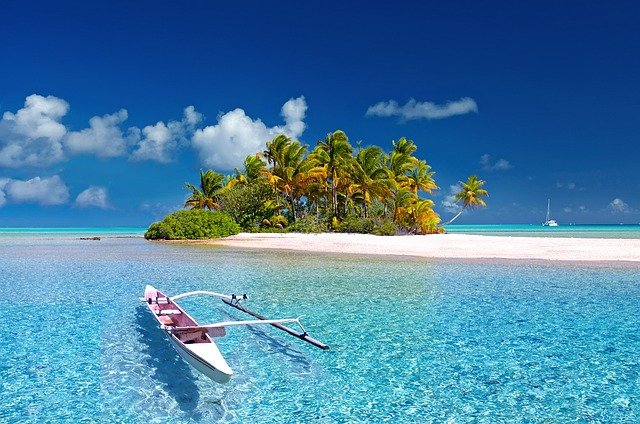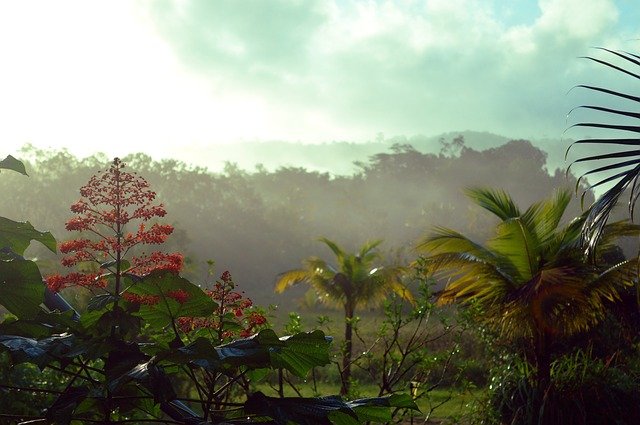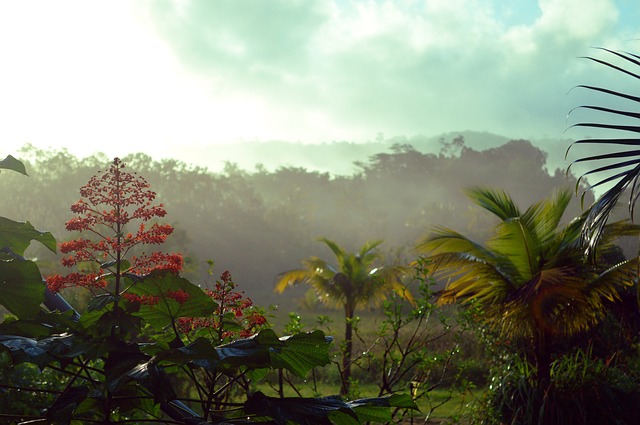
French Guiana became a penal (prison) colony in 1852. Many prisoners were brought there by the French, particularly to the renowned Devil’s Island. When gold was found in 1855, it sparked a gold rush. The status of French Guiana as a prison colony terminated in 1940.
In 1964, French Guiana was no longer a colony and became a département (political division) of France. It has a delegate and a senator in the French parliament. As a result, French Guianas are French nationals and members of the European Union.
Location

French Guiana is roughly the size of Ireland, having an area of 35,135 square miles (91,000 square kilometres). It features a 200-mile-long (320-kilometer-long) Atlantic coastline to the north and northeast. The Tumuc-Humuc Mountains form the country’s southern boundary with Brazil.
French Guiana has a fairly tiny population in comparison to its size. It has less than 100,000 permanent residents. Despite its low population, it is home to a diverse range of people and cultures. Cayenne is French Guiana’s capital.
Language

French is the official language of French Guiana. Other languages, however, are spoken, including several American Indian languages. Taki-Taki, a language-based in part on English, is spoken by the black people.
French names are typically given to children. Popular French boy’s names are frequently combined in the French way, resulting in Jean-Paul or Jean Pierre. Many girls’ names finish in -ette, which means “little”: Yvette, Suzette, Jeanette, and so on.
Religion
The majority of French Guianans are Roman Catholic. However, certain American Indian peoples pursue their own spiritual and religious rituals in the interior’s tropical woods. Some black people sprung from escaped slaves have their own religious traditions as well. People that migrated to French Guiana brought Hinduism, Islam, and other religions with them.
Fashion
People in Guyana dress in a variety of styles and this variety is mainly influenced by race or religion. With each passing year, many traditional garments are gradually being replaced with western-styled attire, and many individuals in cities wear western apparel.
Except for rare occasions or festivals, few indigenous people wear traditional attire; this garment is just a little cloth for males and a huge sheet of fabric that covers most of the body for women. As knees and elbows are rarely to never visible in Hindi and Muslim men and women, they tend to cover up. Hindi women typically wear saris, while men mostly wear western-style clothes, however, some are still dressed in traditional Indian attire. Muslims are similar in that many males dress in western-style attire, while the majority of Muslim women dress in a traditional and modest garment known as a shalwar.
Conclusion
It is important to dress conservatively as a guest to Guyana since exposing your knees or shoulders is objectionable to both the Hindus and the Muslims, who make up almost half of the population. While in Guyana, both men and women should wear long slacks and shirts that cover their shoulders and, preferably, stretch past their elbows.





